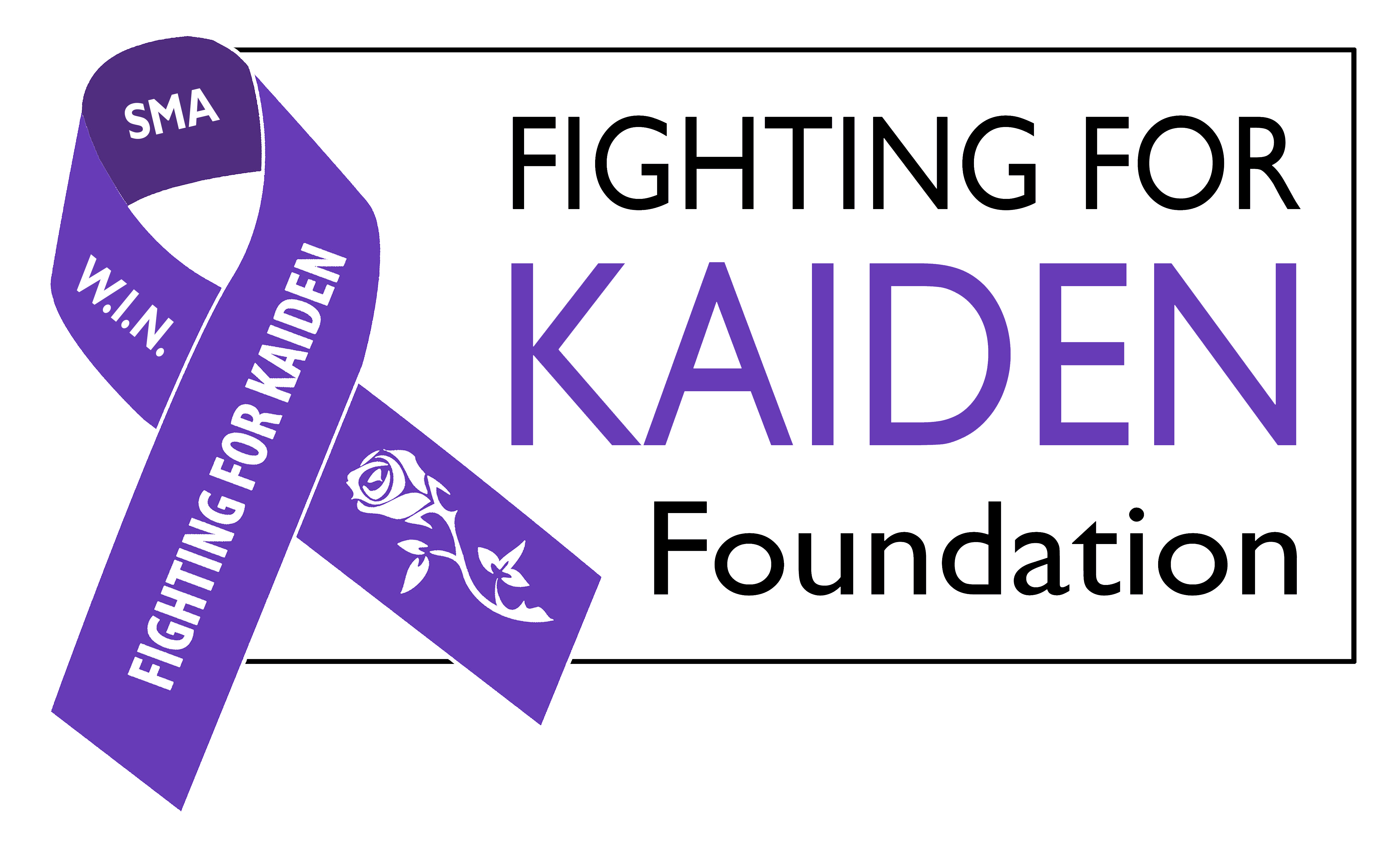Trusted Resources: Education
Scientific literature and patient education texts
Safety and Efficacy of Risdiplam in Patients With Type 1 Spinal Muscular Atrophy (FIREFISH Part 2): Secondary Analyses From an Open-Label Trial
The Lancet Neurology Year: 2022Behavioral Problems in Infants and Young Children With Spinal Muscular Atrophy and Their Siblings: A Cross-Sectional Study
European Journal of Paediatric Neurology: EJPN Year: 2022Muscle Impairment in MRI Affect Variability in Treatment Response to Nusinersen in Patients With Spinal Muscular Atrophy Type 2 and 3: A Retrospective Cohort Study
Brain & Development Year: 2022Nutritional, Gastrointestinal and Endo-Metabolic Challenges in The Management of Children with Spinal Muscular Atrophy Type 1
Nutrients Year: 2021Walking and Weakness in Children: A Narrative Review of Gait and Functional Ambulation in Paediatric Neuromuscular Disease
Journal of Foot and Ankle Research Year: 2020Assessing Cognitive Function in Neuromuscular Diseases: A Pilot Study in a Sample of Children and Adolescents
Journal of clinical medicine Year: 2021Guidance on Gene Replacement Therapy in Spinal Muscular Atrophy: A Canadian Perspective
Canadian Journal of Neurological Sciences Year: 2021Expert Recommendations and Clinical Considerations in the Use of Onasemnogene Abeparvovec Gene Therapy for Spinal Muscular Atrophy
Muscle and Nerves Year: 2021Carrier Screening for Genetic Conditions
American College of Obstetricians and Gynecologists Year: 2017Winter Weather Wheelchair Tips
United Spinal AssociationEvery kid deserves to flaunt their best ensemble on Halloween. Get inspired by these adaptive Halloween costumes to buy or DIY, which cater to children with mental and physical disabilities.
28 Hacks That Can Make Going to College with a Chronic Illness Easier
Mighty Proud Media, Inc. Year: N/ASection 504 of The Rehabilitation Act of 1973
Center for Parent Information and Resources Year: 2016Comparison of Nusinersen and Evrysdi in the Treatment of Spinal Muscular Atrophy
E3S Web of Conferences Year: 2021Filling the Gaps in Knowledge Translation: Physical Therapy Recommendations for Individuals With Spinal Muscular Atrophy Compared to Standard of Care Guidelines
Neuromuscular Disorders Year: 2021Severity of SMA Muscle Impairment Prior to Treatment May Have Implications for Nusinersen Efficacy
The American Journal of Managed Care - AJMC Year: 2022Managing Pregnancy in a Spinal Muscular Atrophy Type III Patient in Indonesia: A Case Report
Journal of Medical Case Reports Year: 2022Evaluation of a Case Management to Support Families With Children Diagnosed With Spinal Muscular Atrophy—Protocol of a Controlled Mixed-Methods Study
Frontiers in Pediatrics Year: 2021Missense Mutation in Gene Caused Psychomotor Developmental Delay and Muscle Weakness: A Case Report
World journal of clinical cases Year: 2021Gene Replacement Therapy With Onasemnogene Abeparvovec in Children With Spinal Muscular Atrophy Aged 24 Months or Younger and Bodyweight up to 15 Kg: An Observational Cohort Study
The Lancet. Child & Adolescent Health Year: 2022Given the novelty of gene replacement therapy with onasemnogene abeparvovec in spinal muscular atrophy, efficacy and safety data are limited, especially for children older than 24 months, those weighing more than 8·5 kg, and those who have received nusinersen. We aimed to provide real-world data on motor function and safety after gene replacement therapy in different patient subgroups.






 Bookmark
Bookmark





